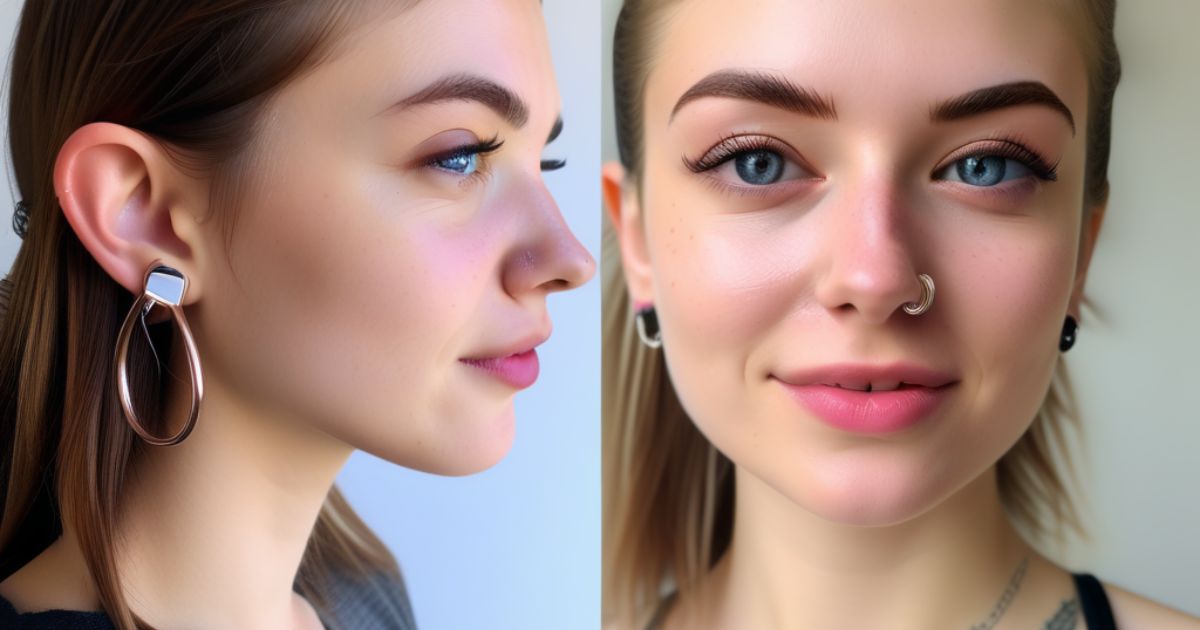Nose rings come in different thicknesses, measured in gauge sizes. But what do these numbers mean and how do you choose between 18g vs 20g? This guide examines the difference between these two popular nose ring gauges. We’ll compare the pros and cons of each, from comfort to risks, to help you pick the best size nose ring for your style and piercing.
Defining Gauge: What It Means in Jewelry
Gauge refers to the thickness of nose rings and other body jewelry. The smaller the gauge number, the thicker the jewelry. For example:
- 18g nose rings are thinner than 20g
- 20g nose rings are thinner than 22g
Higher gauge numbers represent thinner, more delicate jewelry. Lower gauges are thicker and more durable for initial piercings. Nose screw studs typically range from 18-20g for comfort. Septum clickers and hoops can be 18-22g since the septum area has more space. Larger gauges (16g or below) are usually only worn in stretched piercings.
18g Nose Rings: Pros and Cons
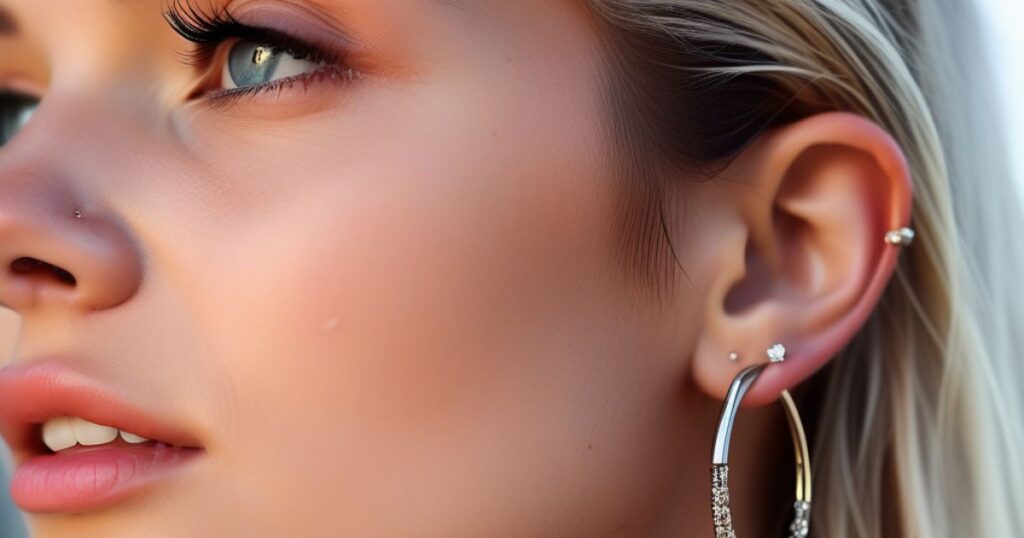
18g nose studs are a popular choice, especially for new or healing nose piercings. Here are the main pros and cons:
Benefits
- Thicker and more durable for new piercings
- Provides stability in the piercing hole during healing
- Less prone to bending, warping, or snagging
- Easier to insert for beginners
- Wide variety of 18g stud styles available
Drawbacks
- Slightly more uncomfortable fit
- Can feel heavy in some nostril shapes/placements
- Harder to insert into very small or collapsed piercing holes
- Less discreet due to larger diameter
So, 18g nose rings offer durability and stability but can feel uncomfortable for those with small nostril anatomy. The thickness makes them ideal for initial piercings though.
20g Nose Rings: Pros and Cons
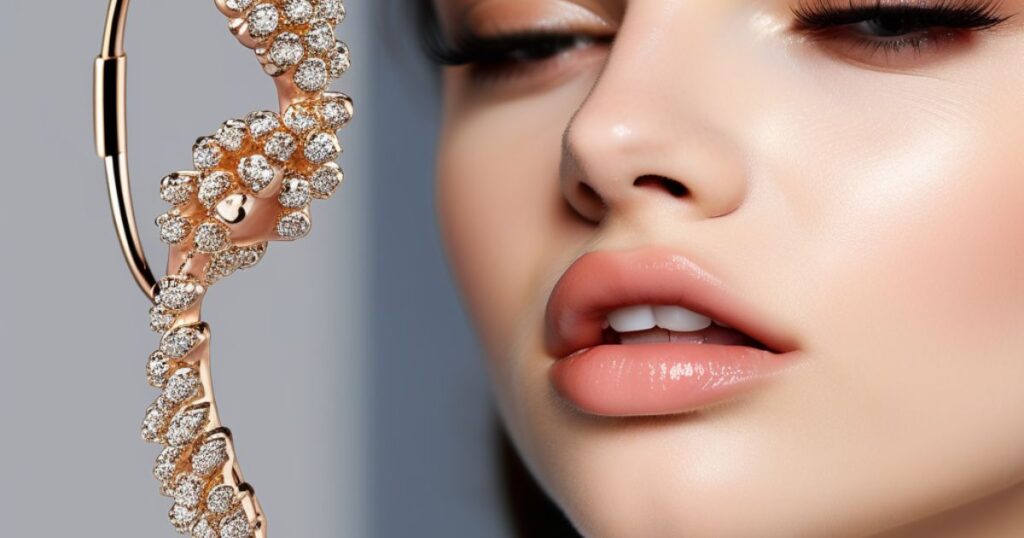
20g nose studs provide a balance of comfort and function for many wearers. Here are the notable pros and cons:
Benefits
- Lightweight and comfortable feel
- Easier fit for small or collapsed piercing holes
- More discreet appearance from thinner diameter
- Reduced risk of scar tissue compared to 18g
- Wide selection of dainty 20g stud styles
Drawbacks
- Not as durable for new unhealed piercings
- Higher risk of bending, warping, or snagging
- Can migrate more easily through the piercing hole
- Prone to falling out of fresh piercings
So, 20g nose rings offer enhanced comfort and subtlety while 18g provides more stability for healing piercings. It comes down to individual preference, piercing age, and nostril anatomy.
Comparison: 18g vs 20g Nose Rings
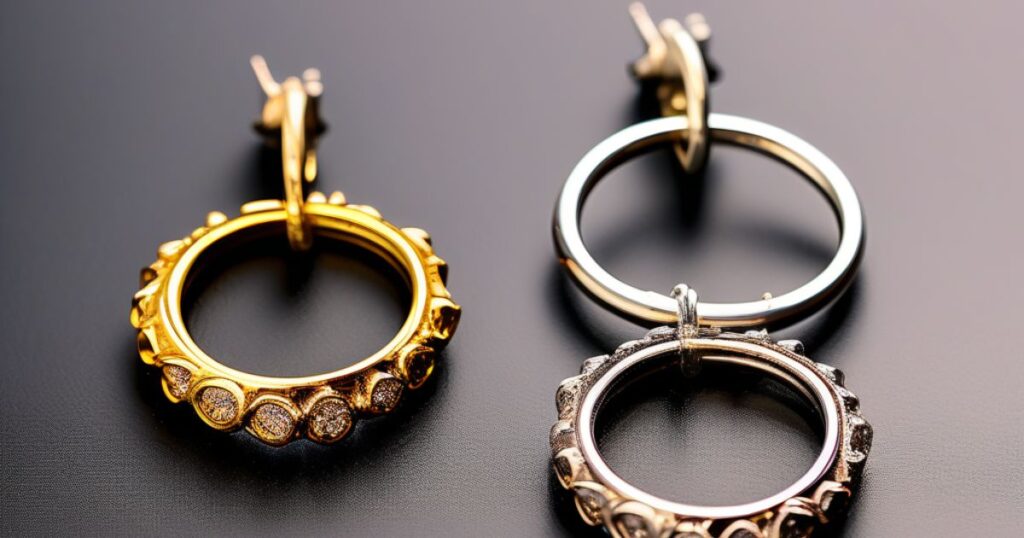
Comparing 18g to 20g reveals they each offer benefits for certain wearers and piercing situations over the other. 18g excels for robustness through new piercing phases but can seem bulky, while 20g favors variety and delicacy at the cost of resilience.
Here’s a quick side-by-side comparison of the two gauges:
| Factor | 18g | 20g |
| Diameter | 1.0mm | 0.8mm |
| Durability | Thicker, more durable | More prone to bending |
| Weight | Slightly heavier feel | Very lightweight |
| Healing | Better stability for new piercings | Higher risk of migrating when healing |
| Comfort | Snug fit, possible discomfort | More comfortable usually |
| Appearance | More visible diameter | Lower profile, discreet |
| Styles Available | Wide variety | Many dainty options |
Choosing the Right Gauge for You
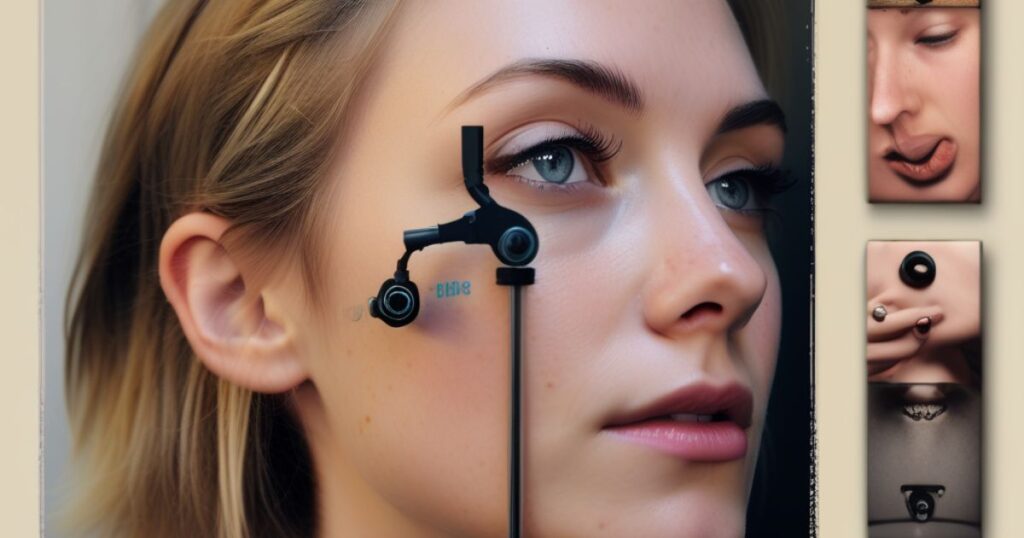
So which gauge nose ring is best – 18g or 20g? Here are some tips for deciding:
For Healing Piercings: Opt for 18g for the first 3-6 months of healing for maximum stability. The thicker diameter resists migration and bending. Once healed, you can downsize to 20g for comfort.
For Small Nostrils: If you have a small nostril opening or placement, 20g can prevent discomfort from the snugness of 18g. Make sure the piercing is fully healed first.
For a Subtle Look: Choose 20g for a more discreet appearance. The thinner diameter blends into the nostril easier. 18g sticks out more visibly.
For Sensitive Skin: Those prone to irritation bumps or scar tissue may do better with 20g to minimize trauma and friction inside the piercing.
When in Doubt: You can always consult your piercer for their gauge recommendation based on your anatomy and desired look.
FAQ’s
Should I use an 18 or 20 gauge nose ring?
Both 18g and 20g are good options for a nose ring depending on your preferences and the size of your piercing. 18g is a bit thicker and 20g is more delicate. 18g is better if you’ve just gotten your nose pierced.
Can I go from 18G to 20G nose ring?
Yes, it’s generally fine to go down a size from 18g to 20g once your nose piercing is fully healed, which usually takes 6-12 months. Listen to your body and don’t force the smaller ring in if it’s uncomfortable.
What is the best size for a nose ring?
There’s no single best size as it varies per individual. 18g and 20g are the most popular. 16g is on the thicker side while 22g is more delicate. Consider your anatomy, healing status, and desired look when choosing.
Conclusion
When choosing between 18g and 20g nose rings, it largely depends on your individual piercing and personal preferences. 18g provides a bit more substance that may offer stronger protection for new piercings that are still healing. However, once fully healed over 6-12 months, many noses can comfortably support the more delicate 20g option. Some even choose to wear both gauges and swap between them. Overall, both 18g and 20g deliver classic nose piercing styling. Listen to your body and go with whichever gauge feels best inserted and wearable every day.
In the end, nose piercings that have properly healed can suit either 18g or 20g rings equally well depending on the wearer’s specific anatomy and aesthetic tastes. Both are quality gauges that allow enjoying popular nose ring styles.
